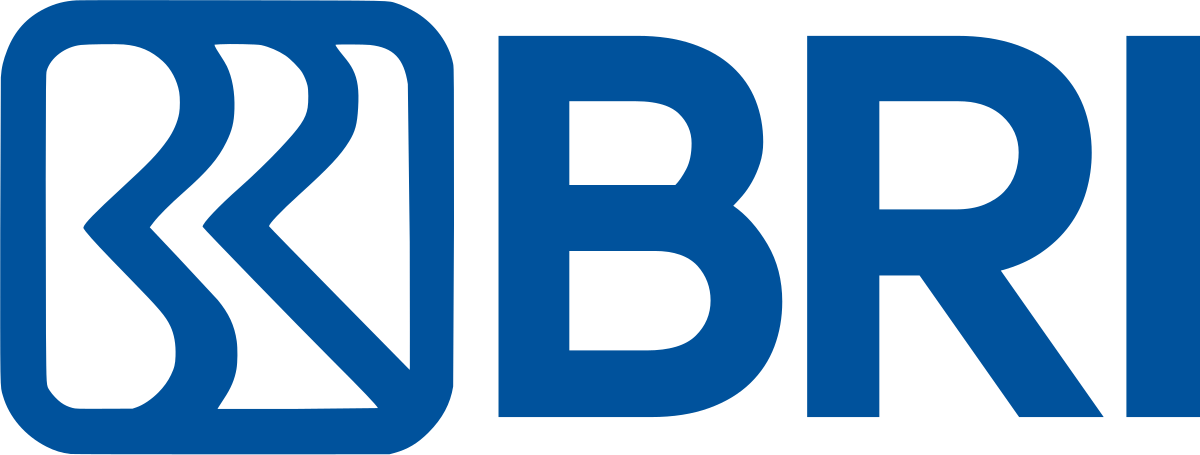- Sinartogel
- Situs Toto
- Toto Macau
- Togel Macau
- Toto Togel





Sinartogel hadir sebagai solusi utama bagi para penggemar Togel Online di Indonesia. Memahami tantangan akses yang sering dihadapi, kami secara konsisten menyediakan Link Alternatif terbaru yang menjamin akses tanpa hambatan ke platform. Dengan fokus pada pengalaman pengguna, setiap Link Alternatif telah diuji untuk memastikan kecepatan dan stabilitas, memungkinkan pemain untuk langsung masuk dan menikmati permainan tanpa gangguan. Aksesibilitas ini adalah komitmen kami untuk memastikan bahwa setiap pengguna dapat terhubung dengan Situs Toto Macau Terpercaya kapan saja, didukung oleh infrastruktur server yang kuat dan andal.
Sebagai Situs Toto Macau Terpercaya, Sinartogel menonjolkan diri melalui penawaran pasaran Togel Online yang terlengkap. Selain pasaran utama Toto Macau, kami juga menyajikan berbagai pasaran resmi lainnya, memberikan variasi dan peluang yang lebih luas bagi setiap pemain. Keunggulan utama kami terletak pada sistem keamanan data yang berlapis, memastikan bahwa setiap transaksi dan informasi pribadi pengguna terlindungi secara maksimal.
Komitmen Sinartogel terhadap kepuasan pengguna diperkuat dengan adanya layanan pelanggan 24 jam yang siap membantu setiap pertanyaan atau kendala. Tim dukungan kami terdiri dari profesional yang berdedikasi untuk memberikan respons cepat dan solusi efektif, mulai dari proses pendaftaran hingga penarikan dana. Dengan kombinasi akses mudah melalui Link Alternatif Resmi, pasaran yang lengkap, dan dukungan penuh, Sinartogel menawarkan pengalaman Togel Online yang superior. Kunjungi Sinartogel sekarang dan rasakan perbedaan bermain di situs yang benar-benar memprioritaskan pemainnya.
Sinartogel: Link Alternatif Resmi Situs Toto Macau Terpercaya
Rp10.000
 Imported from USA store
Imported from USA store

Add an additional item worth KWD 60 to get Free Fast Shipping at standard shipping price.
CONGRATULATIONS! You are eligible for Free Fast Shipping.











